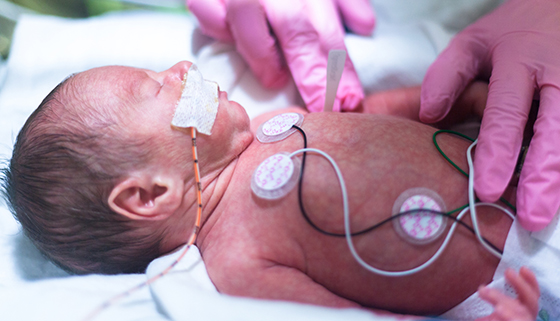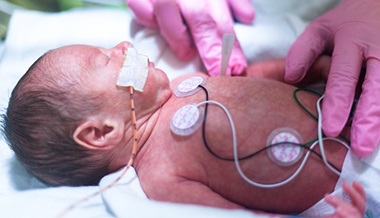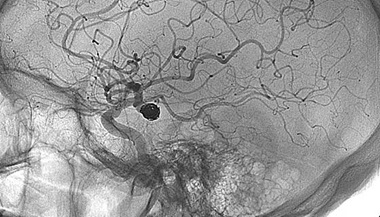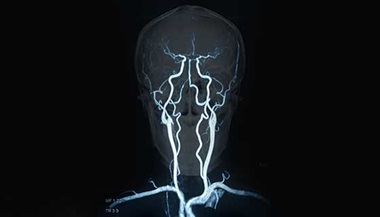4 Aneurysm Traits that Predict Rupture
Reviewed By:
When a blood vessel in your body swells in one spot, it’s called an aneurysm. In the United States, about 30,000 people experience an aneurysm rupture each year. If an aneurysm ruptures, it can cause serious and life-threatening effects. If you think you are experiencing a ruptured brain aneurysm, dial 911 immediately.
Determining which aneurysms are more likely to rupture (and thus require treatment) is a key part of aneurysm management and treatment. Johns Hopkins neurosurgeon Rafael Tamargo, M.D., explains which factors make an aneurysm more likely to rupture.
Test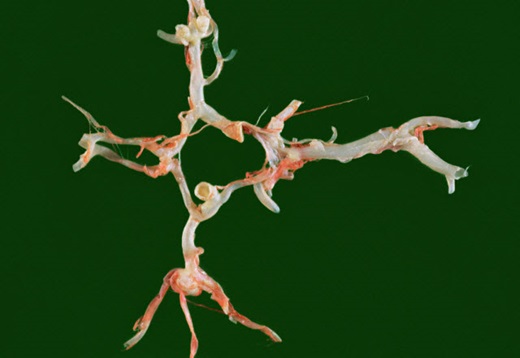
Aneurysm Shape
An aneurysm’s shape is one factor doctors consider before determining whether treatment is in order. As an aneurysm grows, it can create a dome shape. However, if a second blister starts growing out of the first (and creates a shape similar to a mushroom), that increases the likelihood that it will rupture.
Thickness of Aneurysm Wall
Sometimes an aneurysm’s wall thickness is more telling of potential danger than just size alone. Dr. Tamargo compares it to a balloon. When you’re blowing up a balloon, its “walls” get thinner as the balloon gets larger. Once the balloon is stretched too thin, it bursts. This can happen to an aneurysm as well, as its walls get stretched thin.
Aneurysm Size
An aneurysm’s size can also give doctors clues to its level of threat. Aneurysms that are:
- Less than 3 mm in size have a low risk of rupture
- Larger than 3 mm have a higher risk of bursting
Aneurysm Location
Where an aneurysm develops in the body can tell doctors a lot about its potential to harm you. For example, when an aneurysm is located where the vessel receiving blood is bigger than the vessel releasing blood, the risk is higher. Aneurysms closer to the heart are also more dangerous, since these vessels experience greater blood flow pressure.
Modern diagnostic imaging technologies can illustrate these features exceptionally well. Imaging studies can help your doctor determine how much of a risk an aneurysm presents to you. These indications then guide doctors toward whether (and which) treatment is right for you.


